Client: National Lottery Heritage Fund
Objective
To develop a methodology for quantifying the carbon emissions associated with a £250 million annual investment portfolio and exploration of mechanisms for decarbonisation.
Case Study
3ADAPT supported the NLHF to undertake the first assessment of the emissions associated with their investment portfolio. Annually, they invest around £250 million in the Heritage Sector, and with this, is a huge opportunity to support the sector to decarbonise.
This includes initially developing a baseline carbon footprint for over 1,000 funded projects for the financial year 19/20 and then establishing a decarbonisation pathway in line with the Science Based Target Initiative (SBTI) to provide recommendations for measurement in the future. The process involved significant engagement across the NLHF as well as consultation with those awarded grants and those undertaking funded projects. 3ADAPT were selected due to their experience across the heritage sector across all aspects of their portfolio as well as their experience of supporting organisations with complex structures. The project involved more detailed analysis of a sample of 50 funded heritage projects that represented the diversity of the fund. These ranged from one person organisations to significant and national organisations with regional departments. We explored and defined key carbon drivers for each segment of the portfolio which ranged from natural heritage (funding landscape scale heritage projects including significant peatland restoration and its associated carbon sequestration benefits), through to small organisations, sometimes with only one member of staff.
Direct engagement with a sample of 12 organisations was also undertaken, to develop ways of estimating emissions as part of the funding application process and to develop an understanding of the opportunities and challenges this broad range of grantees (ranging in size and project type) would have providing data.
“We thoroughly enjoyed working with 3Adapt, what really stood out to me is their collaborative and discursive approach, which helped us reach an output far richer and useful for our ongoing work than we had expected at the outset. We were able to achieve this because they took the time to understand our organisation and the unique elements of the research project which were bespoke to our organisation. The team were friendly, enthusiastic and approachable and absolute joy to work with.”
This was used to understand the feasibility of incorporating various data requests as part of the funding life cycle (from initial expression of interest to final evaluation reports).
This involved providing improved ways of modelling emissions in areas where cost-based estimates of carbon emissions were particularly poor, for example capital and refurbishment projects, nature based / landscape projects, and travel (including visitor travel).
We also highlighted how funders could encourage projects to decarbonise through a number of mechanisms and, where feasible, modelling the potential impacts of such approaches if they were applied across the sector.
Final reports were produced in line with stringent accessibility guidance set out by the NLHF and a range of infographics were developed throughout the project.














